Wildermyth Impressions: A Procedurally Generated Marvel Worth Investigating
This adventure is proving legendary.
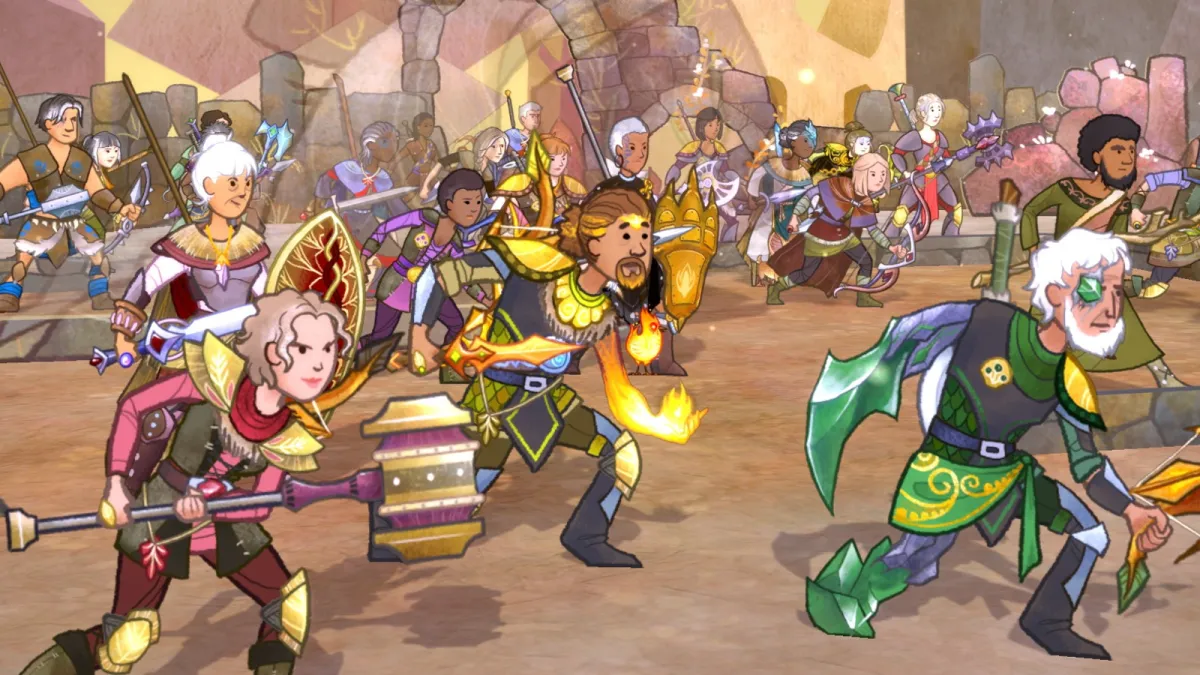
I’ve had my eye on Wildermyth for a while now, though I’m admittedly late to the party. I completely missed its launch, only discovering it through word of mouth on Twitter — mainly from people objecting to its exclusion for Best RPG of 2021 — and as a long-term Dungeons and Dragons player, the concept intrigued me.
Utilising a tabletop-inspired 2D aesthetic and procedurally generated storytelling with a heavy character focus, this isn’t your ordinary tactical RPG. While you could never make a video game that’s truly bespoke for each player, Worldwalker Games haven’t lacked ambition. I’m about fifteen hours in currently and so far, it’s flexible, intriguing, and excellent fun.
As you’d expect, there’s no set storyline here. Wildermyth takes place within The Yondering Lands, which is filled with 2D characters and scenery that’s uniquely beautiful. It’s hard to be plot-specific as that varies between playthroughs, though you’ll find common themes. Usually starting from humble beginnings, you’ll lead a group of heroes in defending these lands, becoming legendary characters with their own history, appearance, and personality.
You can start with three pre-determined characters, but they can be directly customised. Allowing adjustments for height, gender, hair, race, armour, weaponry, and other aspects of your visual presentation, you’ve got a great range of options. If you’d prefer, there’s also an option for full appearance randomisation too, if you’re struggling to decide.
Once you’ve set off, Wildermyth’s gameplay loop usually involves exploring new areas, watching a procedurally generated cutscene that explains the situation, then heading into battle against various enemies. Repeat this pattern until we reach a pivotal story mission. On paper, that sounds more repetitive than it actually is, as Wildermyth houses a brilliantly inventive core design. It’ll take 10–12 hours to complete one playthrough, though the real joy comes from repeated playthroughs.
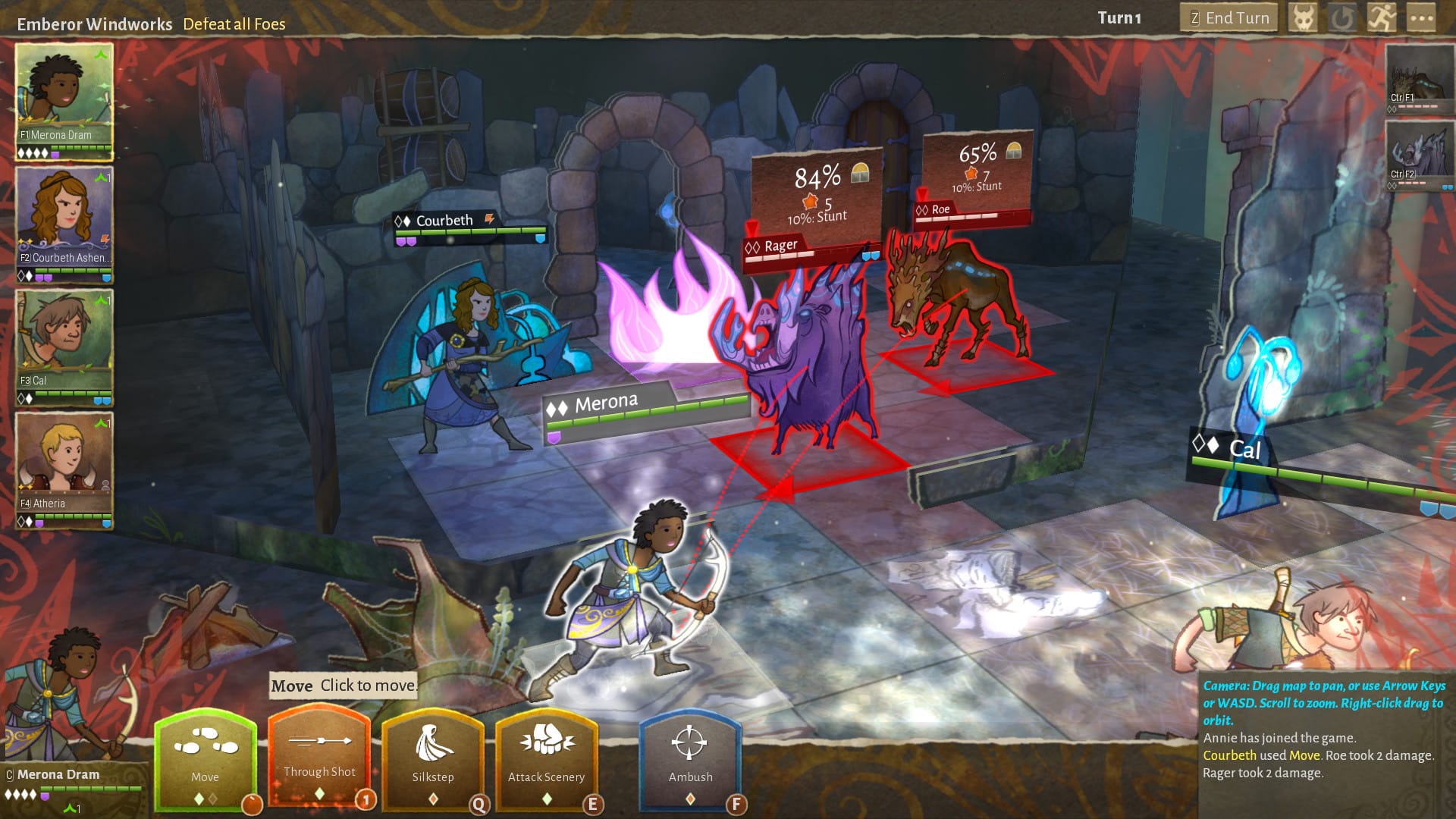
Procedurally generated campaigns aren’t anything new — roguelikes will testify to this fact — but, in my experience, they’ve never been this good. Much of that comes down to Worldwalker Games’ writing. Providing you look after them, a character’s tale can span from their beginnings until old age, eventually passing into memory. It’s filled with personality too, and players can adopt character traits that change how a scene plays out, adding new twists and humour.
Of course, like anything in life, actions have consequences. Encounters can bring character-defining moments, giving you multiple choices between initiating a potential romantic relationship, build upon a growing friendship, or perhaps develop a healthy rivalry, awarding players new buffs and skills in battle dependent on your choices. Furthermore, these characters don’t have “plot armour” either, meaning there’s no guarantee you’ll escape fully intact.
As for combat, Wildermyth uses a turn-based format, though it’s not your standard affair. As characters get stronger across the years, that also brings them closer to retiring, something you can only avoid for so long. It’s an extremely clever system and as you grow wiser, so do these monsters, who begin adopting new tricks over time. Survival of the fittest is no joke, they’re out to learn from their mistakes.
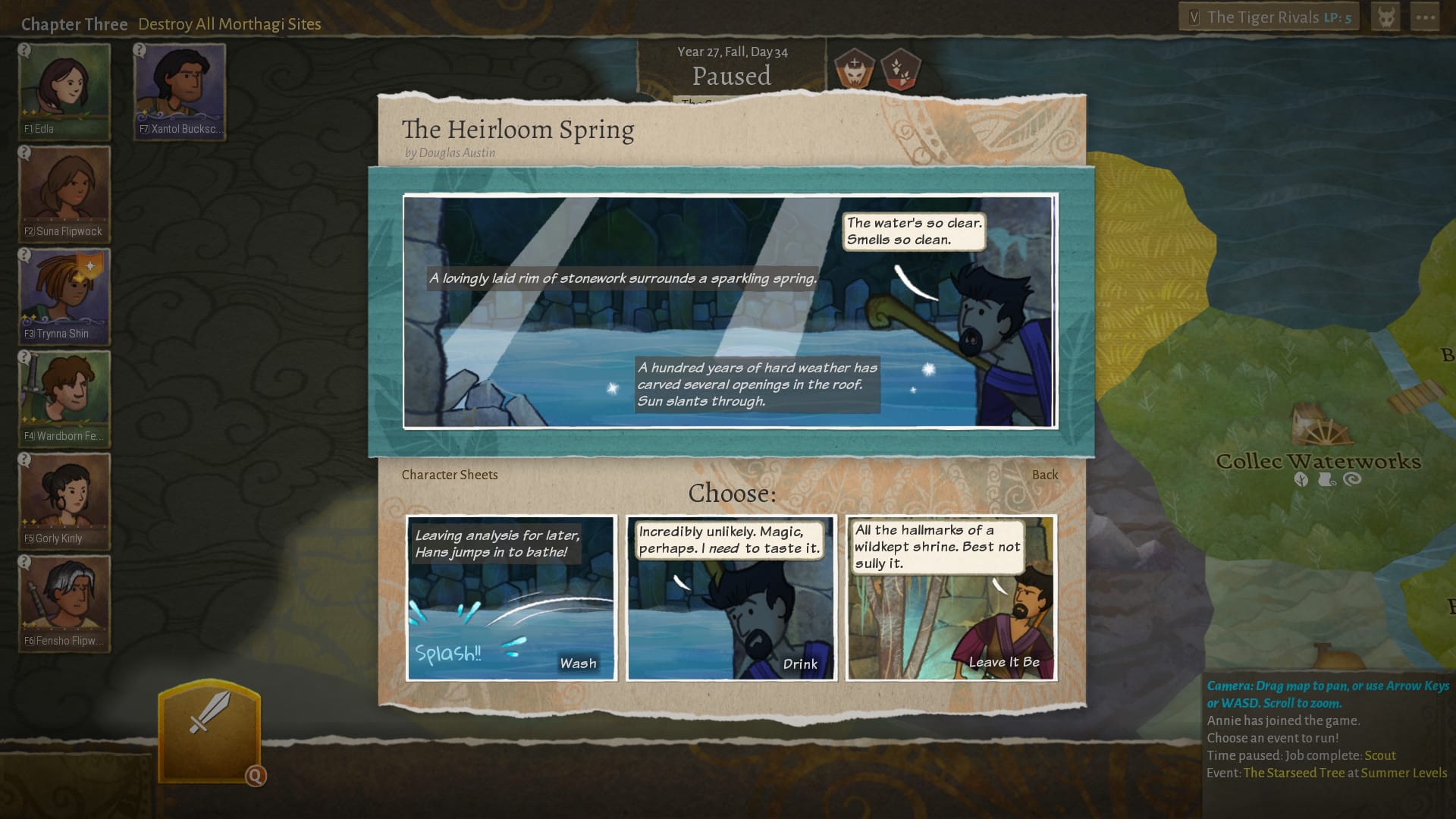
I can’t talk too much about how things progress in later stages just yet, though I might update this piece later down the line. I’d be lying if I said I wasn’t keen to continue, though, as Worldwalker Games have truly created something exceptional with Wildermyth. It’s becoming more challenging as I advance, but I’m excited to see the mark my heroes leave upon this world, as new generations take over.
Copy provided by publisher. Previewed on PC.
Update
This article was originally published on Gfinity in 2021. It’s since been removed, so I’m reposting it here. The text is almost completely unedited.

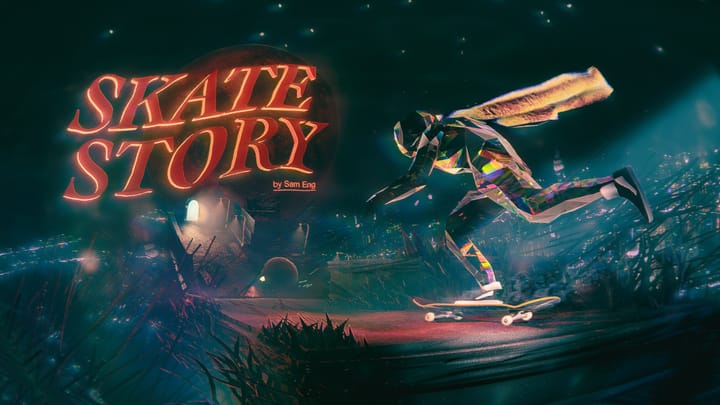
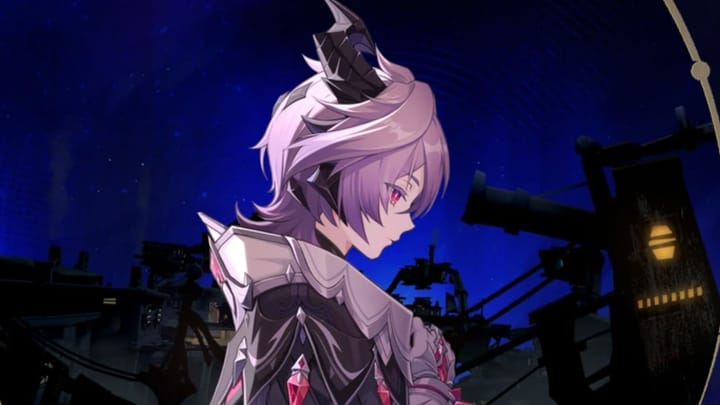
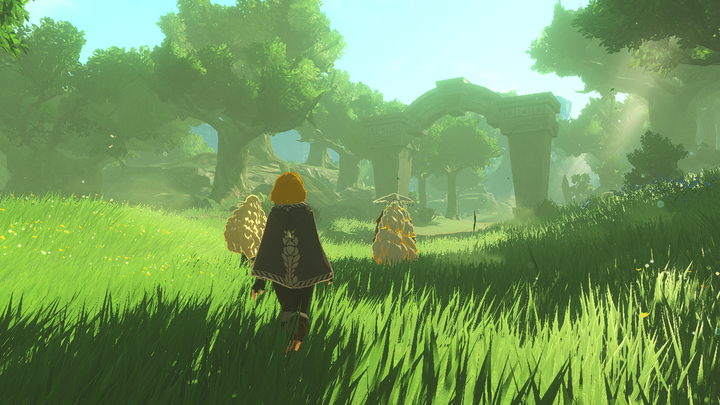
Comments ()